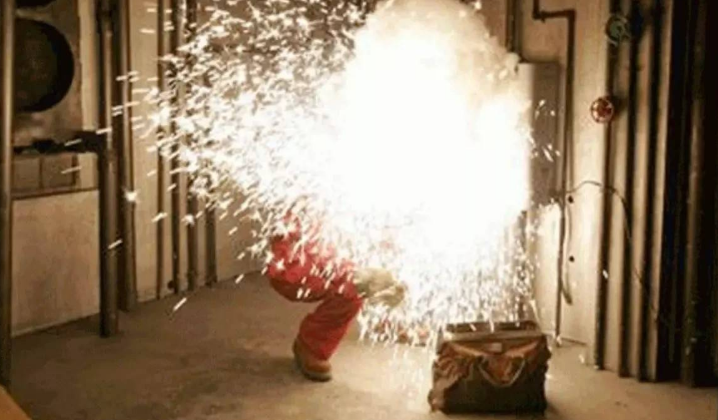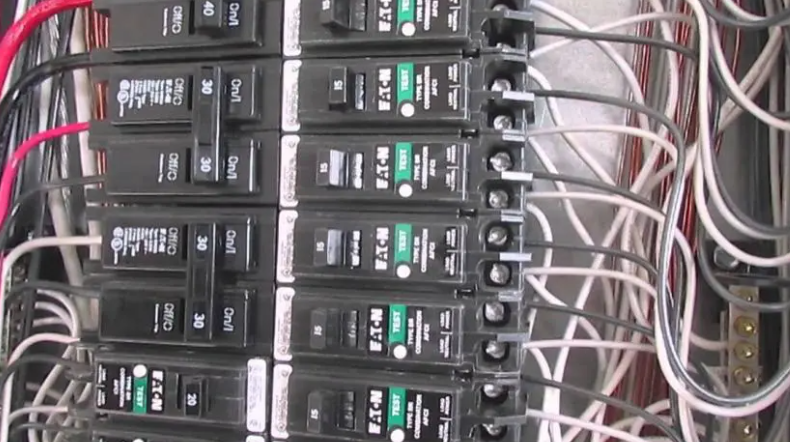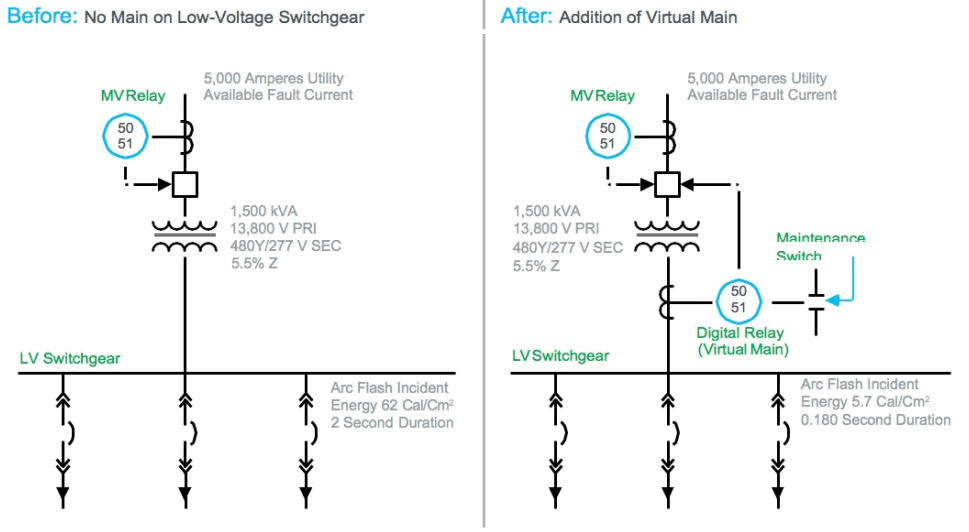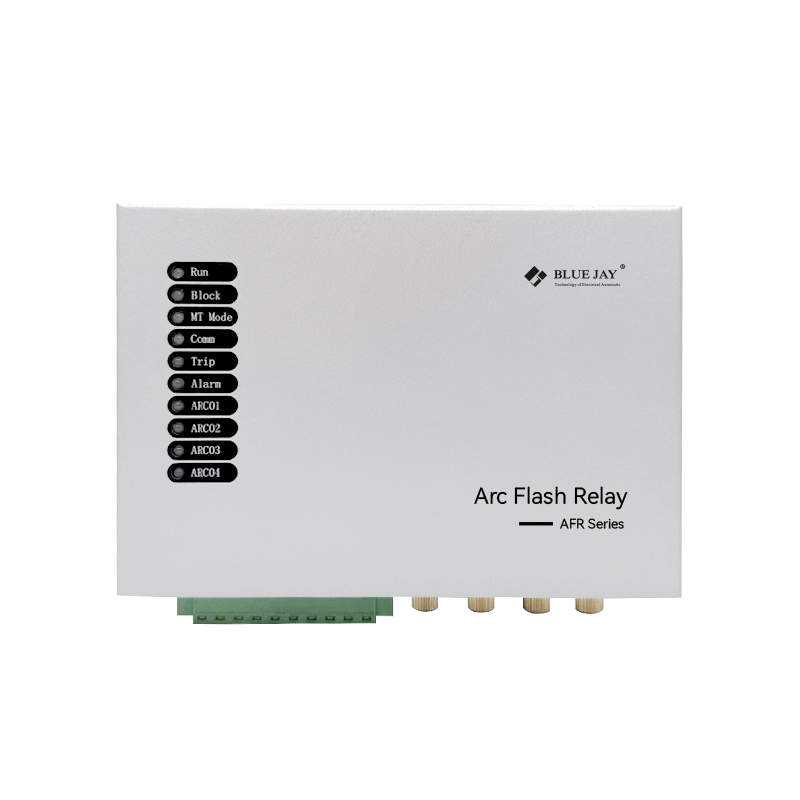


Arc flash mitigation methods, also called arc flash mitigation solutions, are the different ways we protect people and equipment from the dangers of arc flash incidents in electrical systems. These methods aim to prevent arc flashes from happening, reduce their severity if they do occur, and minimize the resulting harm.
Right now, the main types of arc flash mitigation methods you’ll find fall into a few categories:
Passive Arc Flash Protection for Equipment: These are built-in features or designs in the electrical equipment itself that help contain or redirect the energy of an arc flash. Think of them as inherent safety features.
Active Arc Flash Protection for Equipment: These are systems that actively detect an arc flash as it happens and then take immediate action to shut it down quickly, limiting the damage.
Arc Flash Protection for People: This category focuses on keeping workers safe through things like specialized clothing (PPE), safe work practices, and training.


These arc flash mitigation solutions make arcing faults less likely to happen in the equipment. You can contain, redirect, or prevent arcing fault with the following passive arc flash mitigation methods.
This method physically separates components with insulating or metallic materials to contain arc flash events within a limited area, preventing spread and protecting personnel. Examples include busbar barriers, isolated component compartments, cable vaults, and arc chutes in breakers.
An insulated bus involves covering conductors with insulating material like epoxy, reducing accidental contact and flashovers. For instance, Solid Insulated Switchgear (SIS) fully seals live electrical components in a solid insulation. This significantly reduces the likelihood of arc faults and contains their energy if they occur.
High-Resistance Grounding (HRG) limits ground fault current by inserting a resistor in the neutral-to-ground connection, which can significantly reduce potential arc flash energy from ground faults.


It is a specific type of electrical switchgear designed and tested to withstand an internal arc fault and direct the released energy away from personnel. You just need to replace normal switchgear with arc-resistance switchgear.
Proper equipment maintenance, including tight connections, regular cleaning, insulation testing, reliable circuit breaker upkeep, and adherence to manufacturer recommendations, is crucial for preventing overheating, insulation breakdown, and prolonged fault durations, all of which can lead to arc flash incidents.
Arc flash reduction methods, which are active arc flash protection solutions, aim to clear the arc faster to minimize the available incident energy. They are fast-acting fuses, arc flash Circuit breakers, Differential relays, arc flash maintenance switches, and arc flash relays.
These arc flash reduction methods quickly interrupt fault currents, minimizing the duration of an arc flash and significantly reducing the released energy, thereby limiting potential damage and injury.


These arc flash reduction methods trip faster than standard breakers to limit arc flash energy. They achieve this through quicker tripping mechanisms or by connecting to arc flash detection systems. Often, their instantaneous trip setting is adjusted to be below the potential arc fault current. For instance, some have a lower setting for maintenance, or they trip based on a signal from an arc flash relay.
Differential relays quickly detect internal faults, like arc flashes, by comparing incoming and outgoing currents within a protected zone. An imbalance triggers a fast trip, isolating the fault and minimizing arc flash duration and energy without relying on traditional time delays. For example, the bus differential relay monitors the current on all feeders entering and leaving the bus. If an arc flash occurs on the bus, the sum of the currents will no longer be zero, and the relay will quickly trip all connected breakers, isolating the fault and minimizing the arc flash duration and energy.
This arc flash reduction method greatly reduces incident energy by temporarily lowering the instantaneous trip point. This makes the circuit breaker trip much faster if an arc fault happens. For example, an electrician working inside a live motor control center (MCC) might turn on the arc flash maintenance switch on a feeder breaker. If an arc flash occurs while they’re working, the breaker will trip way faster than usual.

Arc flash relays are specially designed for arc flash hazard analysis and mitigation. These active arc flash reduction methods are usually used with arc flash sensors. They can quickly detect arc flash by sensing light and current and then sending a trip signal to a breaker to clear an arc fault. Nowadays, there are many types of arc flash relays from arc flash zones (single zone & multi-zones), channels (up to 48 channels), brands (Blue Jay, Littelfuse, Schneider, ABB, etc), triping (Zone Selective Interlocking triping, upstream triping & Tie breaker triping), etc.

Complete ARC Flash Relays
Single or multi zones available
Zone Selective Interlocking triping, upstream triping & Tie breaker triping option
These arc flash mitigation methods aim to remove the worker from the vicinity of the arc flash hazard. What can you do for personal arc protection?


Abstract: This article will introduce you Switchgear arc flash

Calculating arc flash is very important for youto get




